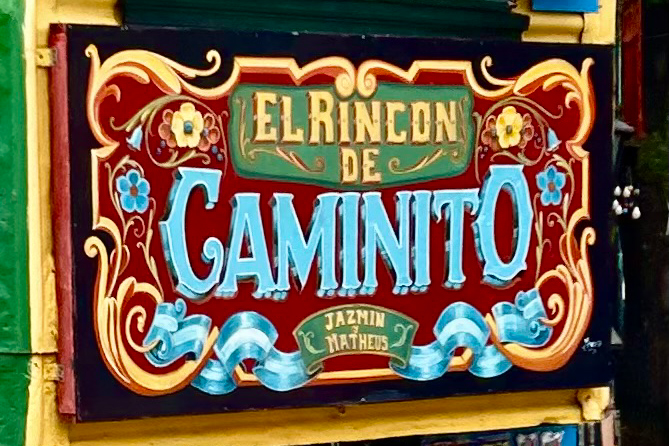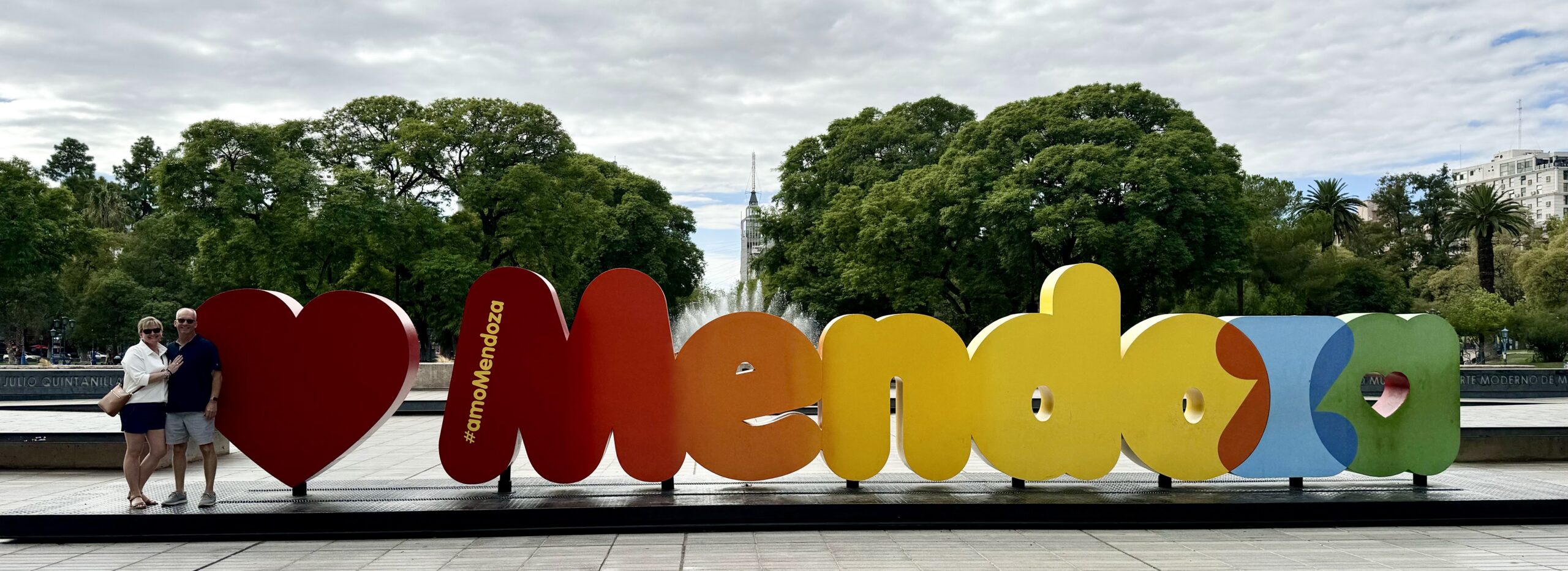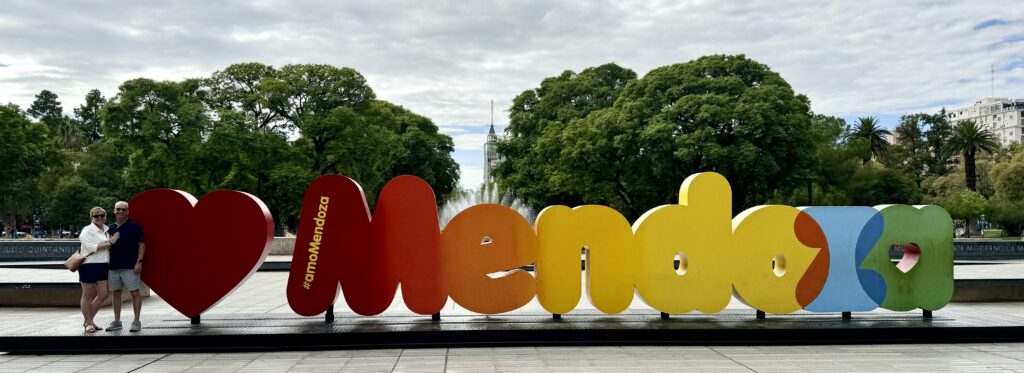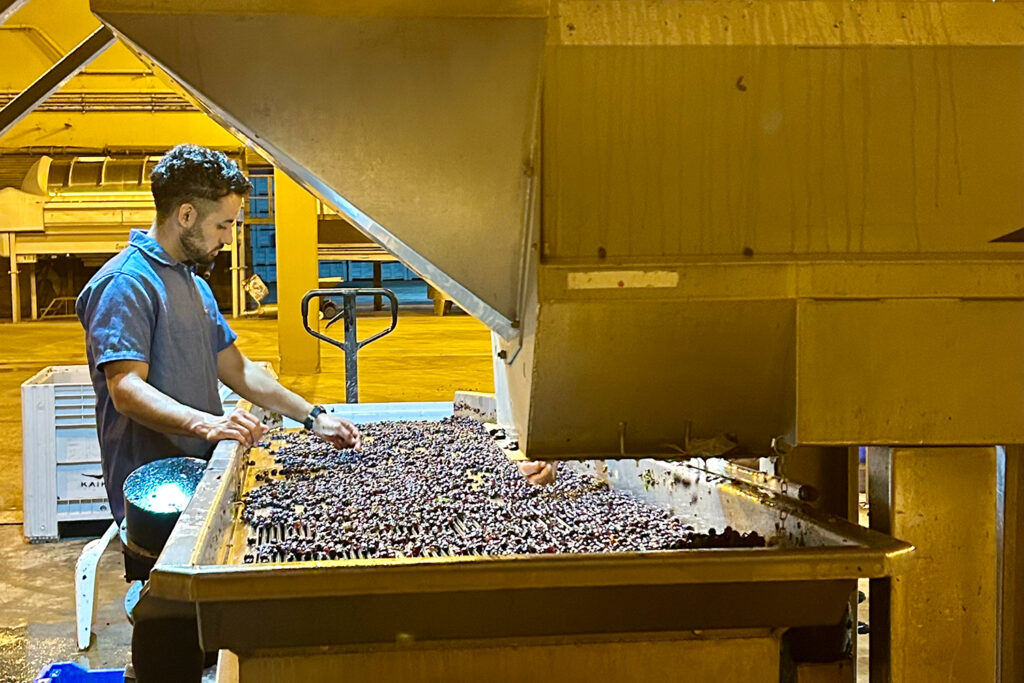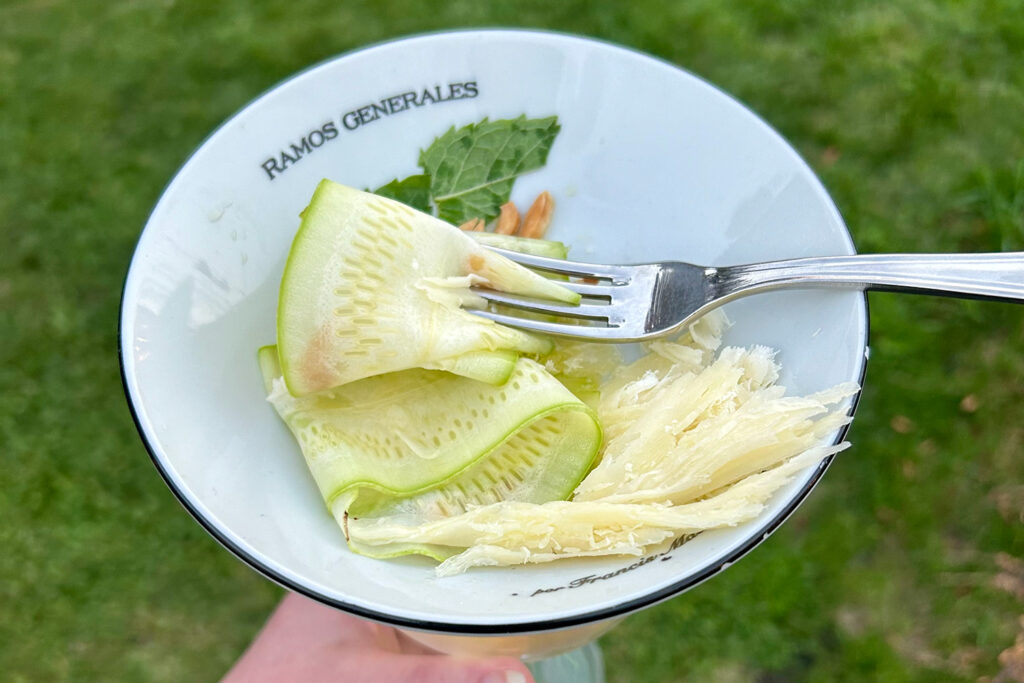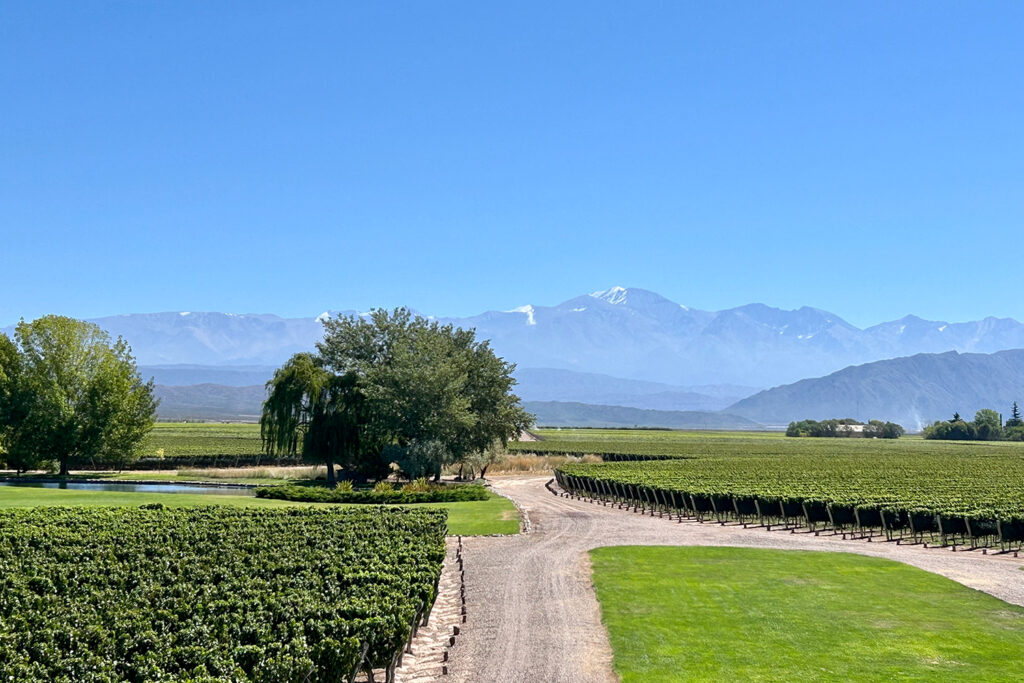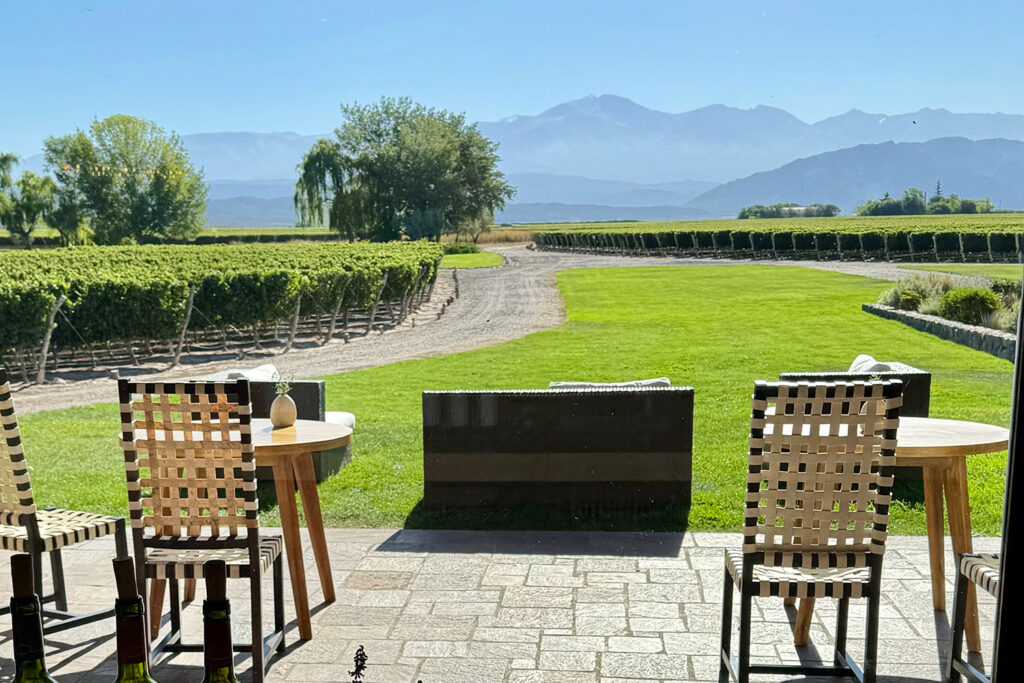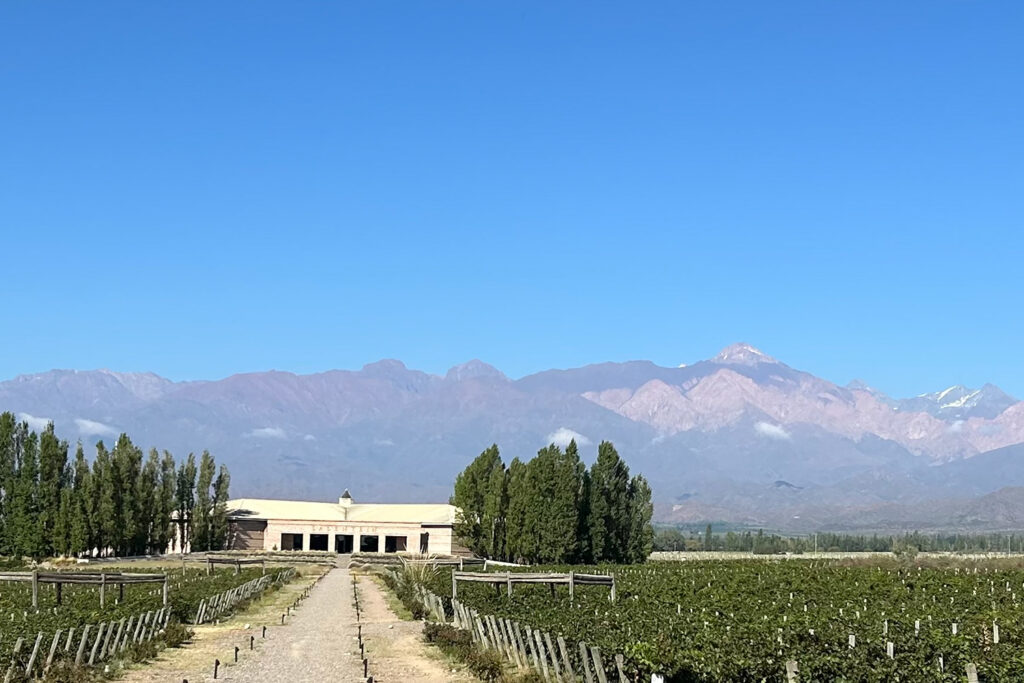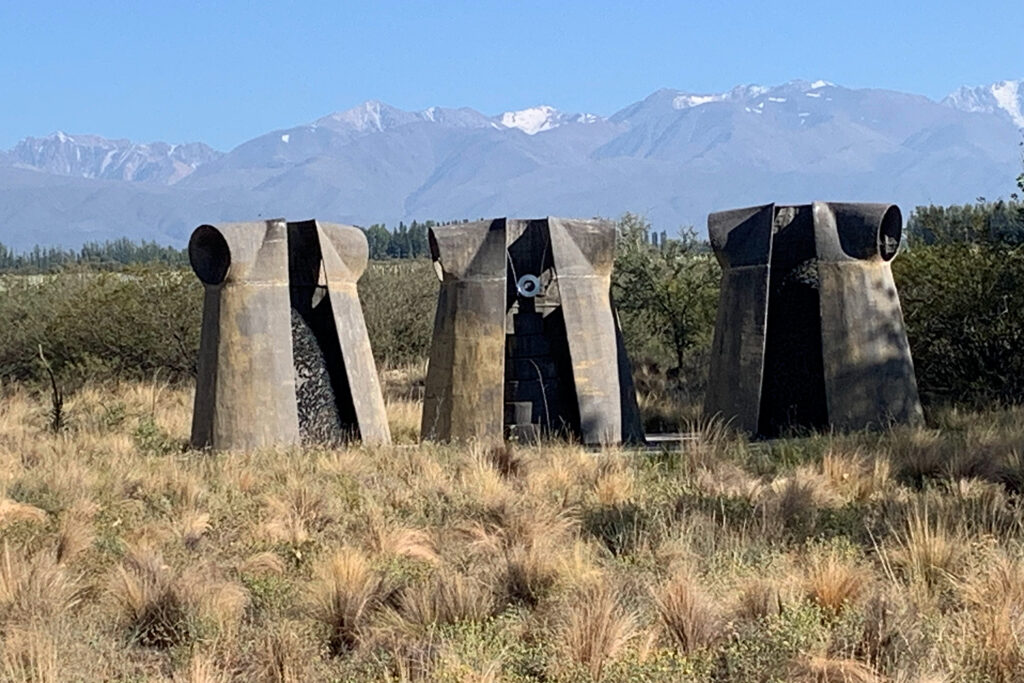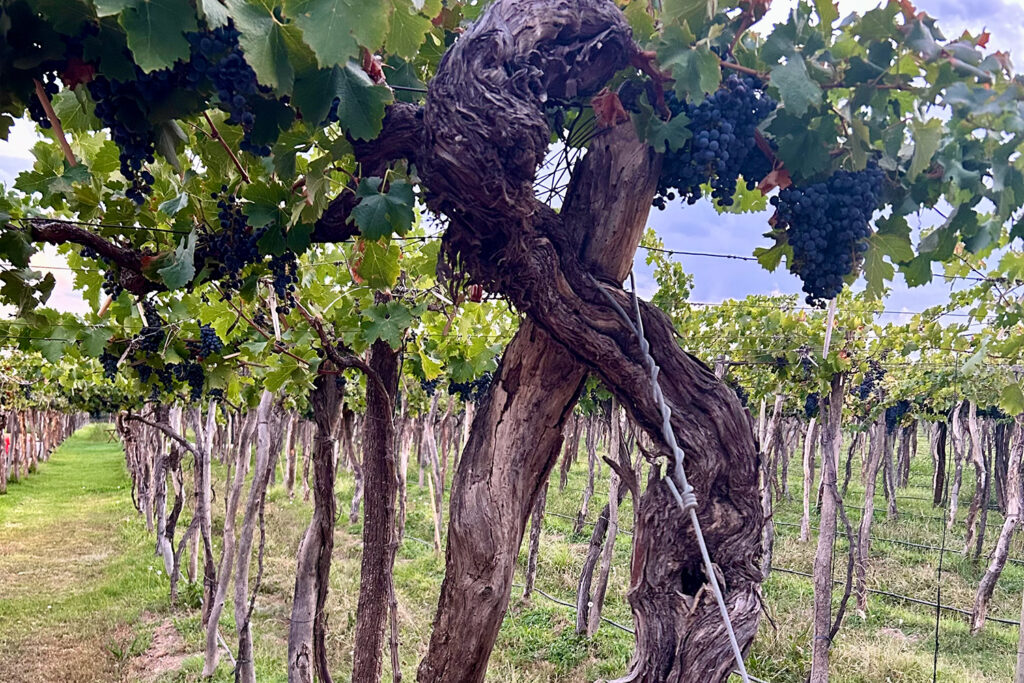Discover Buenos Aires: A Blend of Culture, History and European Charm
Buenos Aires, the vibrant capital of Argentina, is a city that captivates with its rich cultural tapestry, stunning architecture, and lively atmosphere. Known for its passionate tango, world-class cuisine, and European-inspired charm, Buenos Aires is a must-visit destination for travelers seeking a dynamic urban experience. Moreover, the city boasts a significant Jewish community with a rich heritage, offering unique cultural and historical sites for visitors to explore.
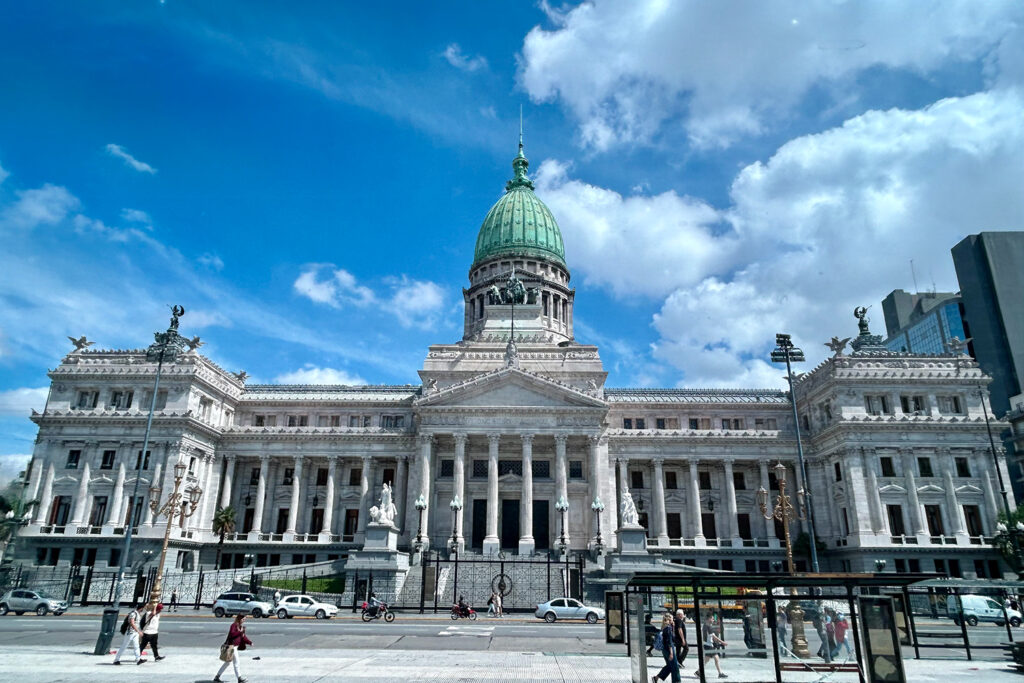
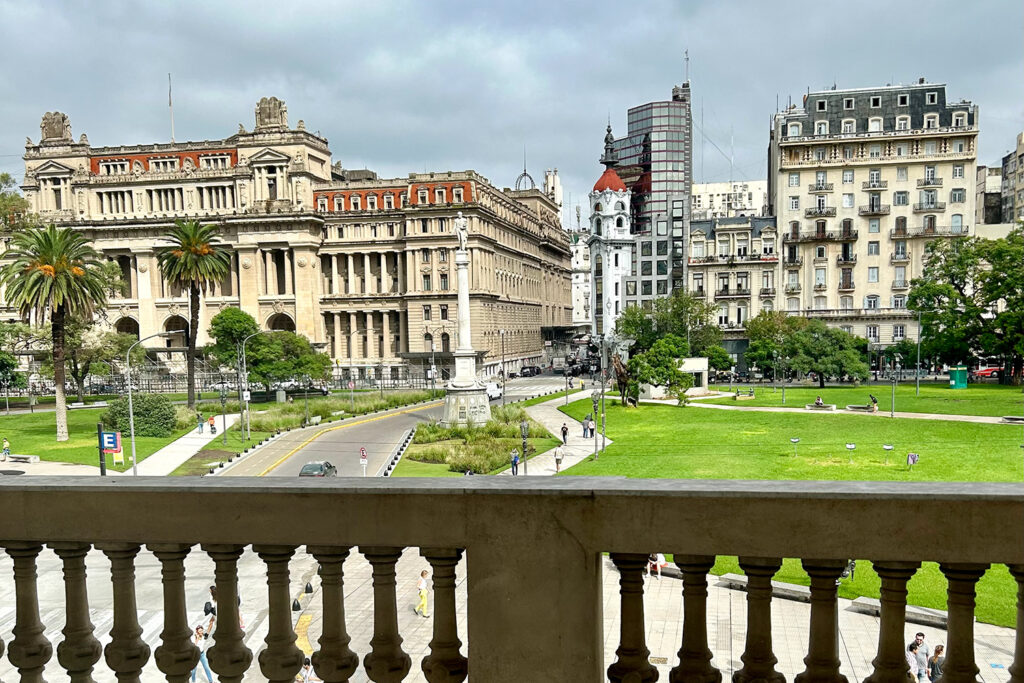
Why Visit Buenos Aires?
Buenos Aires is a city that seamlessly blends old-world charm with modern vitality. From historic neighborhoods and bustling markets to elegant boulevards and cutting-edge art scenes, Buenos Aires offers a diverse range of experiences. Here’s why Buenos Aires should be on your travel itinerary:
1. Rich Cultural Heritage
Buenos Aires is often referred to as the “Paris of South America” due to its stunning European-style architecture and vibrant arts scene. Key cultural highlights include:
– Teatro Colón: One of the world’s most renowned opera houses, known for its exceptional acoustics and grand architecture.
– Museo Nacional de Bellas Artes: Home to an impressive collection of Argentine and international art.
– La Boca: A colorful neighborhood famous for its street art, tango performances, and the iconic Caminito street.
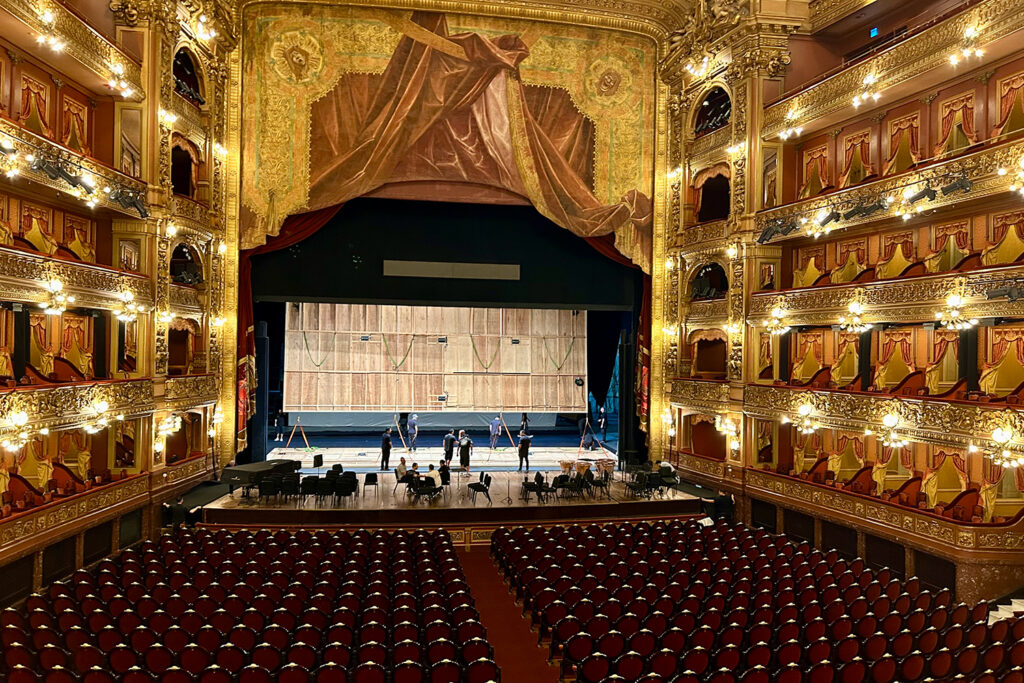
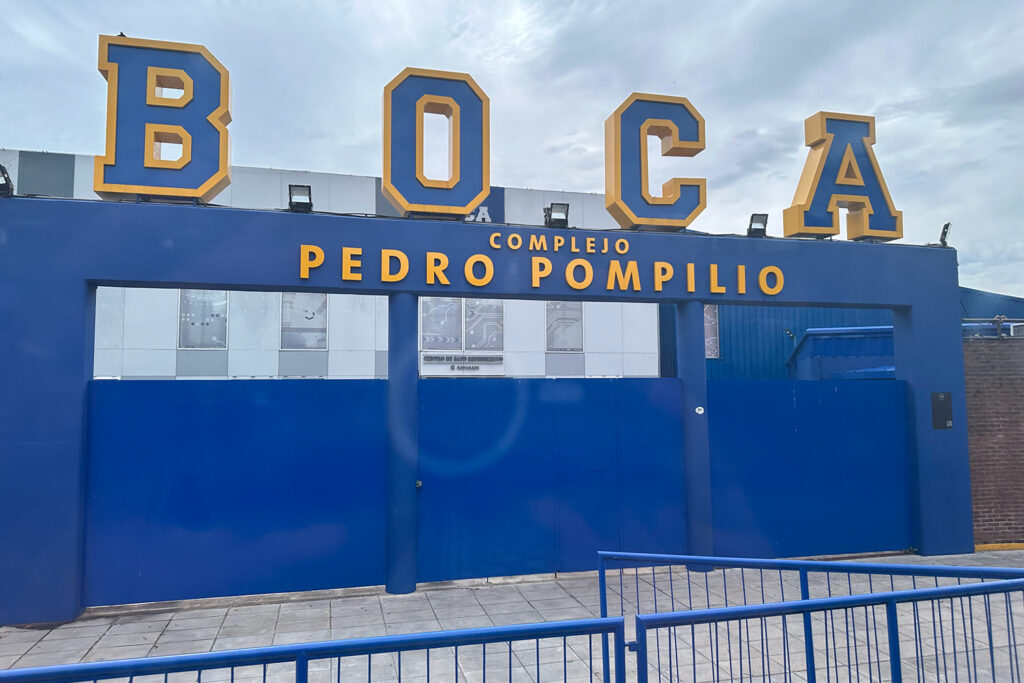
2. Culinary Delights
Buenos Aires is a gastronomic paradise, offering a mix of traditional Argentine cuisine and international flavors. Must-try experiences include:
– Parrillas: Steakhouses where you can savor Argentina’s famous beef.
– Empanadas: Delicious pastry pockets filled with a variety of ingredients.
– Cafés: Buenos Aires is known for its vibrant café culture, perfect for enjoying a leisurely coffee and people-watching.
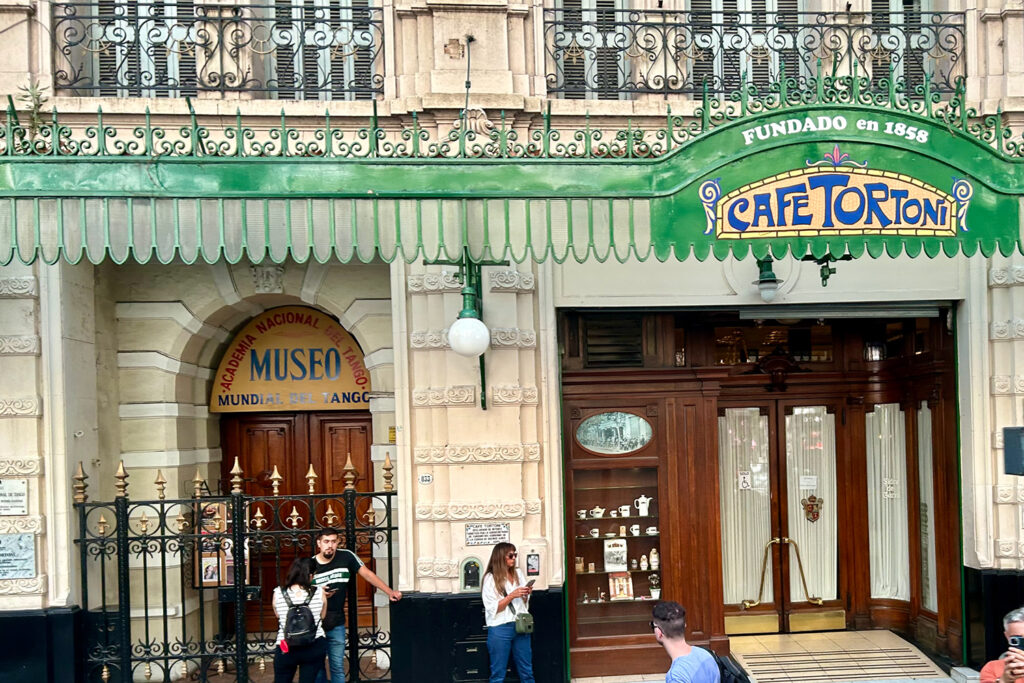
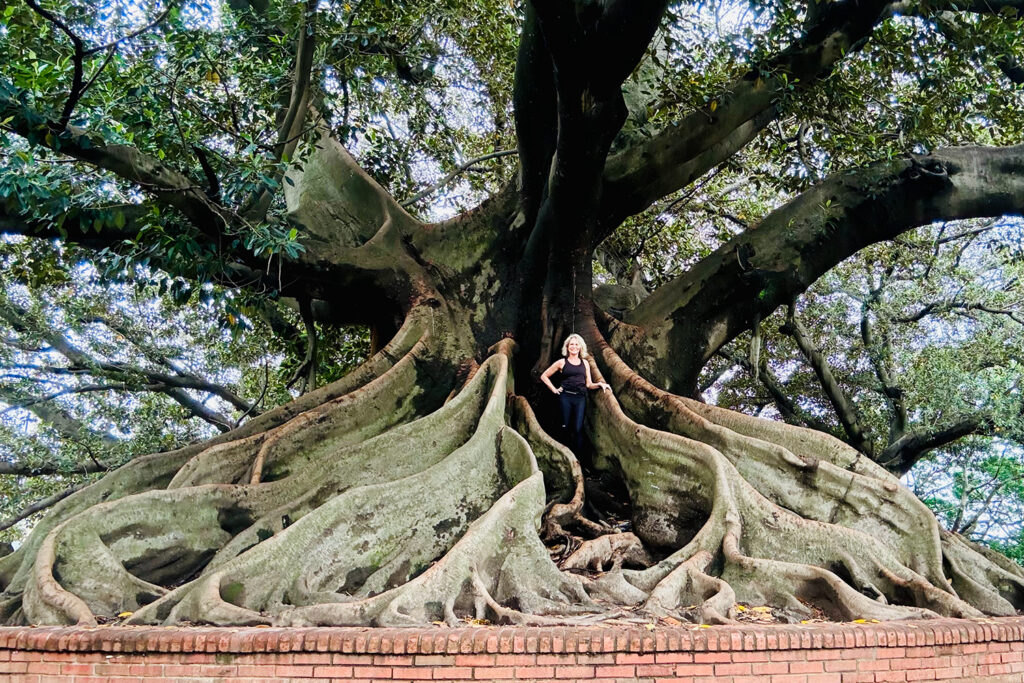
3. Jewish Heritage and Community
Buenos Aires is home to one of the largest Jewish communities in Latin America, with a rich history and vibrant cultural life. Important sites to visit include:
– AMIA (Asociación Mutual Israelita Argentina): The central hub of Jewish life in Buenos Aires, offering cultural and social activities.
– Templo Libertad: The oldest synagogue in Buenos Aires, housing the Jewish Museum of Buenos Aires which showcases the history and culture of the Jewish community.
– Once Neighborhood: A bustling area with numerous kosher restaurants, Jewish schools, and cultural institutions.
– Holocaust Museum of Buenos Aires: Dedicated to preserving the memory of the Holocaust and educating visitors about its impact.
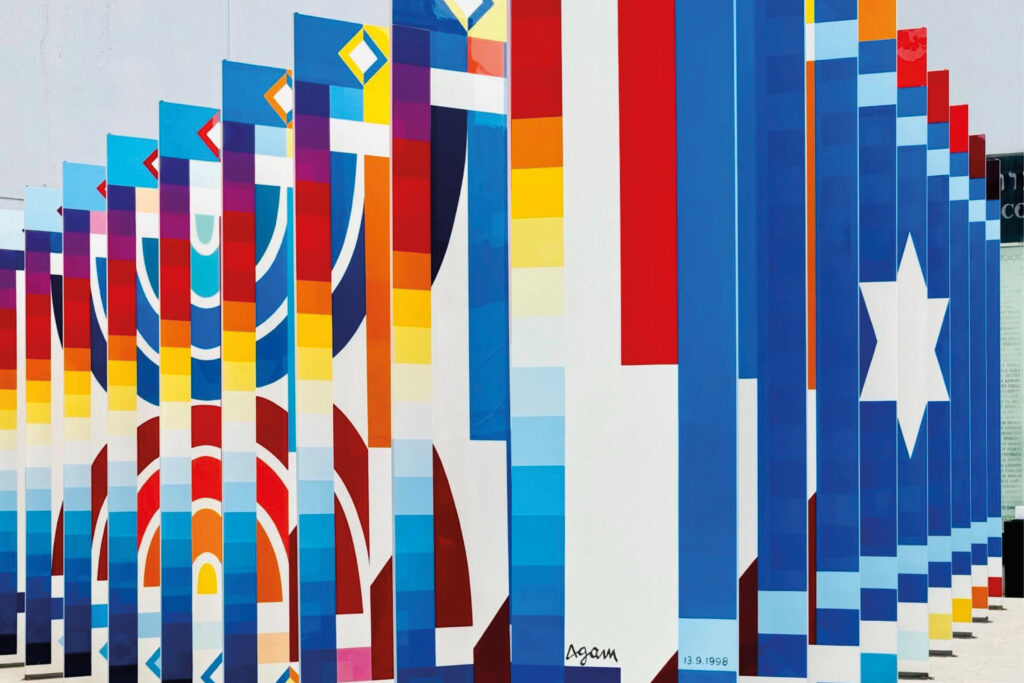
4. Experience Tango
Experiencing tango in Buenos Aires is a must for any visitor to the city, as it is the birthplace of this passionate dance. There are several ways to immerse yourself in the tango culture:
Attend a Tango Show: Buenos Aires is famous for its spectacular tango shows, which offer a blend of music, dance, and drama. Venues like Esquina Carlos Gardel, Tango Porteño, and El Viejo Almacén are renowned for their performances. These shows usually include a dinner option, allowing you to enjoy Argentine cuisine while watching world-class dancers.
Visit a Milonga: A milonga is a traditional tango dance party where locals gather to dance. It’s a fantastic way to experience tango in its most authentic form. Popular milongas include La Viruta, Salon Canning, and Confitería Ideal. Some milongas offer beginner lessons before the dance floor opens to everyone, making it a great way to learn and practice.
Take Tango Lessons: If you’re interested in learning to dance tango, Buenos Aires offers numerous tango schools and private instructors. Tango classes are available for all levels, from beginners to advanced dancers. Schools like Escuela Argentina de Tango and DNI Tango are highly recommended. Private lessons with a professional instructor can provide personalized attention and help you master the basics quickly.
Explore Tango in the Streets: You can often find tango dancers performing in the streets, particularly in tourist areas like Caminito in La Boca and Plaza Dorrego in San Telmo. These street performances are lively and engaging, giving you a taste of tango in a casual setting.
Tango Festivals: Buenos Aires hosts several tango festivals throughout the year, such as the Buenos Aires Tango Festival and World Cup in August. These festivals feature performances, competitions, and workshops, attracting tango enthusiasts from around the world.
Tango Museums and Cultural Centers: To delve deeper into the history and culture of tango, visit museums and cultural centers dedicated to this dance. The Museo Casa Carlos Gardel, once the home of the legendary tango singer, and the Centro Cultural Borges offer exhibitions and events related to tango.
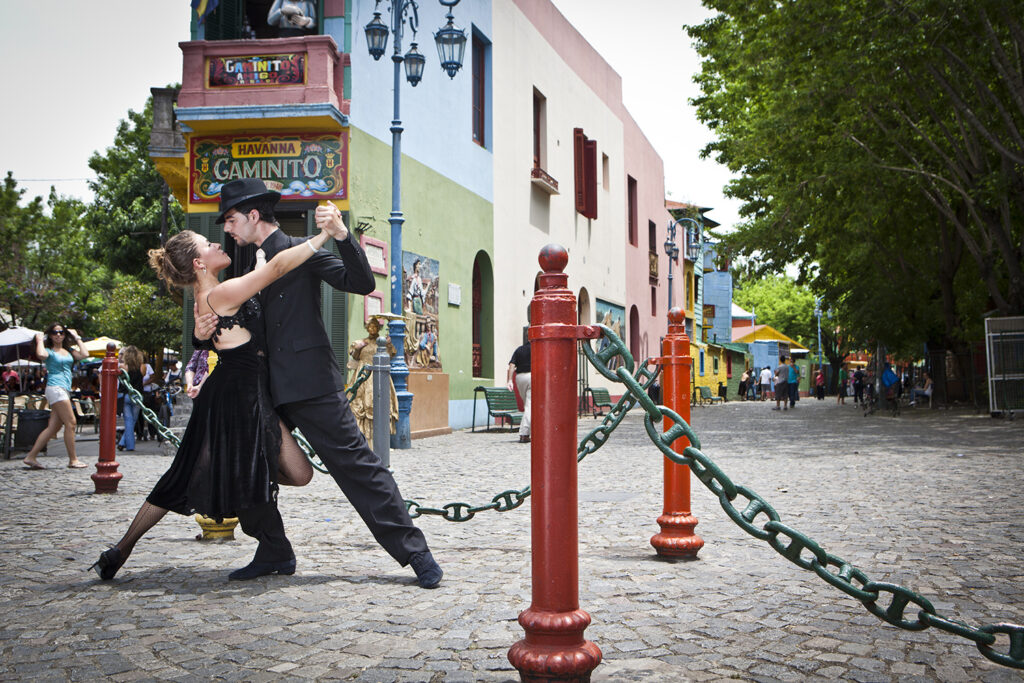
5. Authentic Estancias
Estancias in Buenos Aires refer to traditional Argentine ranches or country estates, offering visitors a glimpse into the region’s rich rural heritage. These estates are typically located on the pampas (grassy plains) surrounding Buenos Aires, showcasing a blend of history, culture, Polo and outdoor activities.
Visitors to Buenos Aires estancias can engage in a variety of activities that cater to both relaxation and adventure. One of the most popular activities is horseback riding, allowing guests to explore the vast landscapes and experience the thrill of riding through the pampas, often accompanied by skilled gauchos (Argentine cowboys) who share their expertise and stories.
Overall, visiting an estancia near Buenos Aires offers not just a chance to escape the city and unwind in serene surroundings, but also an immersive cultural experience that highlights the essence of Argentine rural life and hospitality. Whether for a day trip or a longer stay, estancias provide a unique perspective on Argentina’s heritage and natural beauty.
6. Soccer or Futbol
A visit to Buenos Aires isn’t fully experienced without attending a football game. Football is deeply ingrained in Buenos Aires’ identity. The city boasts the highest number of stadiums per capita globally and proudly hosted the recent world champions. Every weekend, Buenos Aires comes alive with fervent passion, showcasing its enduring obsession with local football.
Planning Your Trip to Buenos Aires
To make the most of your visit to Buenos Aires, it’s essential to plan ahead.
Here are some practical tips:
Best Time to Visit
Buenos Aires is a year-round destination, but the best time to visit is during the spring (September to November) and fall (March to May) when the weather is mild and the city is alive with festivals and events.
Getting Around
Buenos Aires has an extensive public transportation system, including buses, subways, and trains. The Subte (subway) is the fastest way to get around the city, while taxis and ride-sharing services are also widely available.
Where to Stay
Buenos Aires offers a range of accommodations to suit every budget and preference:
– Palermo: Known for its trendy boutiques, restaurants, and nightlife.
– Recoleta: A stylish neighborhood with elegant hotels and cultural attractions like the Recoleta Cemetery.
– San Telmo: A historic area famous for its cobblestone streets, antique shops, and tango bars.
Explore Buenos Aires with Us
Ready to experience the magic of Buenos Aires? CONTACT US today to plan your perfect trip.
Our expert travel planners will ensure you have an unforgettable experience, tailored to your interests and needs. From guided tours of historic sites to culinary adventures and cultural experiences, we have everything you need to make your Buenos Aires visit truly special.


